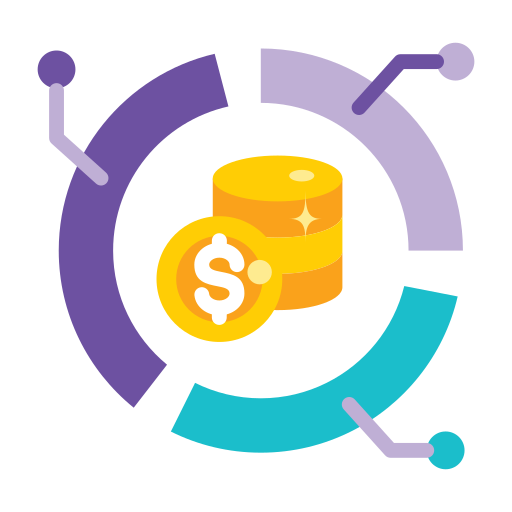Services
My Experience

Strategic IT Planning
Developing a comprehensive IT strategy that aligns with the company's overall business objectives and long-term goals. This involves identifying emerging technologies, assessing their potential impact, and creating a roadmap for IT initiatives

Budgeting and Resource Allocation
Managing the IT budget and allocating resources effectively to various projects and initiatives. Balancing financial constraints with the organization's technology needs is crucial for successful implementation

IT Governance and Policy Development
Establishing IT governance frameworks and policies to ensure compliance, risk management, and data security throughout the organization. Defining protocols for IT asset management and information access is a critical part of this task

Project Portfolio Management
Overseeing the planning, execution, and evaluation of IT projects. Prioritizing projects based on their strategic significance, resource availability, and potential impact on the business

Vendor and Contract Management
Collaborating with IT vendors, negotiating contracts, and managing vendor relationships to ensure the delivery of high-quality services and solutions that align with the organization's needs

Business Continuity and Disaster Recovery
Developing and maintaining plans and protocols to ensure IT systems' continuity during disruptions or disasters. Regularly testing and updating these plans to meet evolving business needs

Cybersecurity and Risk Management
Implementing robust cybersecurity measures to protect the organization from cyber threats and data breaches. Conducting regular risk assessments and developing risk mitigation strategies

Data Management and Analytics
Overseeing data management strategies, including data collection, storage, integration, and analytics. Leveraging data insights to support data-driven decision-making and business growth

Digital Transformation Initiatives
Leading digital transformation efforts to modernize processes and enhance customer experiences. Identifying opportunities to leverage technology for competitive advantage

IT Talent Management
Building and leading high-performing IT teams, including recruitment, training, and talent development. Fostering a culture of innovation and continuous learning within the IT department

Stakeholder Communication and Collaboration
Engaging with executive leadership, department heads, and other stakeholders to understand their technology needs, address concerns, and communicate the value of IT initiatives

Technology Evaluation and Adoption
Evaluating emerging technologies and assessing their potential impact on the organization. Making informed decisions about adopting and integrating new solutions into the existing technology landscape